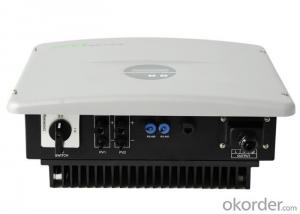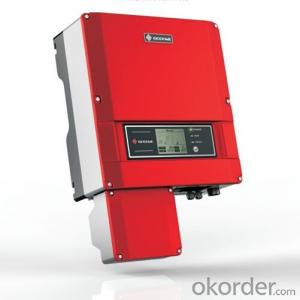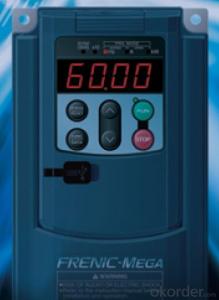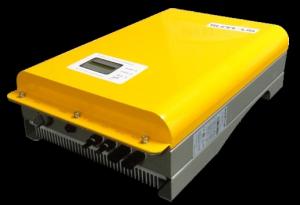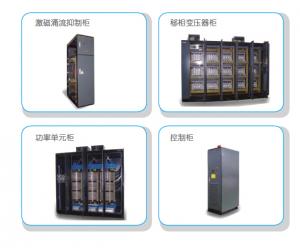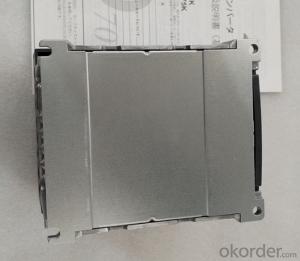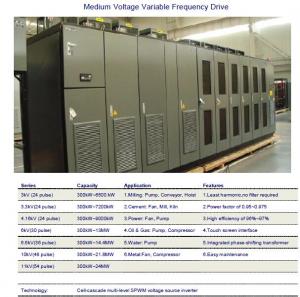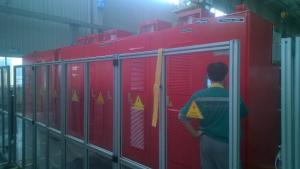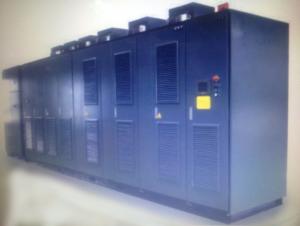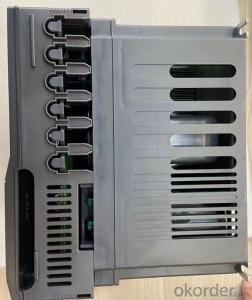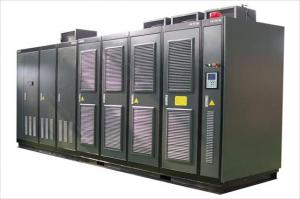Fronius Solar Inverter
Fronius Solar Inverter Related Searches
Fronius Solar Power Inverter Solar Fronius Inverter Fronius Hybrid Solar Inverter Fronius Solar Hybrid Inverter Fronius Inverter Solar System Fronius Primo Solar Inverter Solar Inverter Fronius Price Fronius Solar Inverter Price Fronius 3 Phase Solar Inverter Fronius Solar Inverter 3kw Fronius Solar Inverter 10 Kw Magnum Solar Inverter Phocos Solar Inverter Frontier Solar Inverter Magnum Energy Solar Inverter Magnum Inverter Solar Solaris Solar Inverter Siemens Solar Inverter Freesun Solar Inverter Omnik Solar Inverter Proton Solar Inverter Microtek Solar Inverter Falcon Solar Inverter Austrian Solar Inverter Phoenix Solar Inverter Flin Energy Solar Inverter Germany Solar Inverter Flyline Solar Inverter Powerland Solar Inverter Midnite Solar InverterFronius Solar Inverter Supplier & Manufacturer from China
Fronius Solar Inverter is a cutting-edge product designed to optimize the efficiency of solar energy systems. These inverters are engineered to convert the direct current (DC) generated by solar panels into alternating current (AC), which can then be used to power homes, businesses, or fed back into the electrical grid. The advanced technology within Fronius Solar Inverters ensures maximum energy yield and reliable performance, making them a popular choice among solar energy enthusiasts and professionals alike.Fronius Solar Inverters are widely used in various applications, such as residential rooftop installations, commercial solar projects, and large-scale solar farms. They are particularly beneficial in scenarios where energy efficiency and reliability are paramount, such as off-grid systems or grid-tied applications with battery storage. These inverters are also compatible with a range of solar panel types and sizes, making them a versatile solution for diverse solar energy needs. Their user-friendly interface and smart monitoring capabilities further enhance their appeal, allowing users to easily track energy production and system performance.
Okorder.com is a reputable wholesale supplier of Fronius Solar Inverters, boasting a vast inventory to cater to the growing demand for high-quality solar energy solutions. As a trusted distributor, Okorder.com offers competitive pricing and reliable customer support, ensuring that customers receive the best possible value for their investment. With a commitment to excellence and a focus on customer satisfaction, Okorder.com is the ideal choice for those seeking to purchase Fronius Solar Inverters for their solar energy projects.
Hot Products














